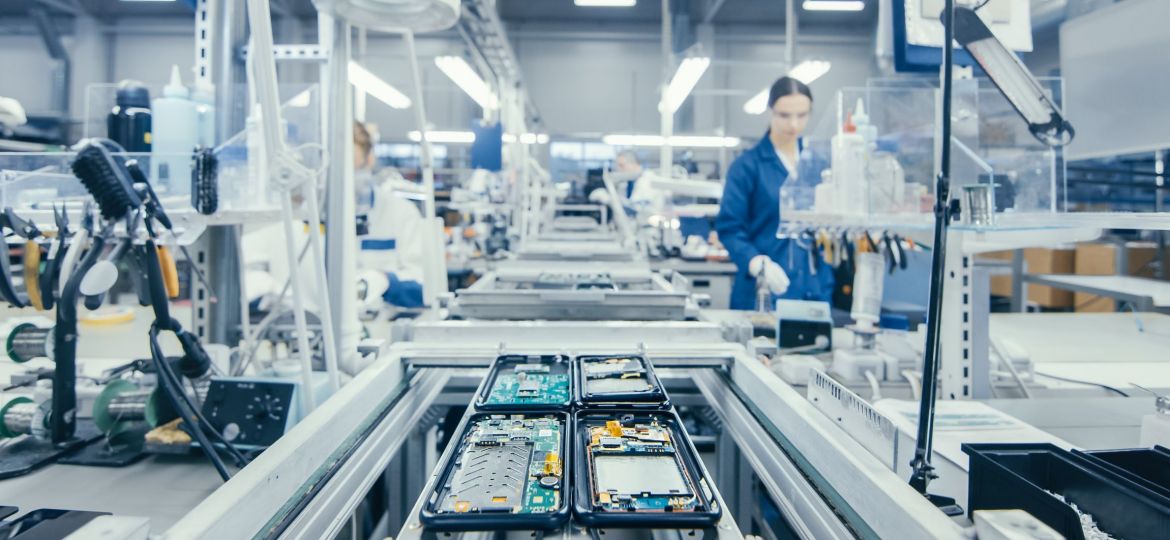
“Human-centered execution analysis of manual motion sequences using motion capturing and artificial intelligence” – HAawAI for short – is the name of a research project in which the RIF Institute for Research and Transfer e. V. and the MTM ASSOCIATION e. V. have been working together for almost a year. At the last meeting at the Institute for Production Systems of the TU Dortmund, the partners presented the current project status to interested companies from the manufacturing industry. The focus is on the analysis (time and ergonomics) of manual assembly processes using digitally captured motion data. The goal is to make work planning significantly more efficient. MTM analysis – fast and easy.
More efficiency with motion capturing, machine learning and MTM-HWD®
Planning manual work processes requires specialist knowledge, experience and a lot of time – a major hurdle for many companies. The HAawAI research project aims to enable manufacturing companies to analyze workstations and process steps in a (partially) automated manner – even without major contact with ergonomics and time management or extensive training measures. This is made possible by generating motion data using motion capturing and analyzing this data using machine learning methods based on the rule conformity of the MTM-HWD® (Human Work Design) process building block system. MTM-HWD® combines methodical and ergonomic work design in a single step for the first time and opens up a new era of efficient work design.
The contact person for the HAwaAI project at the MTM Institute is
Dr. Martin Benter, Team Leader Digitalization & Automation of MTM Methods,
e-mail: martin.benter@mtm.org
Another current research project at the MTM Institute is HWS (Hybrid Work Systems). The project is concerned with interoperation and interfaces in digital ecosystems, through which industrial companies are connected both vertically (from the ERP system to the industrial workplace) and horizontally (e. g. via digital platforms) and can therefore use services as well as exchange production data with each other. Contact person for this research project is Dr. Martin Benter.